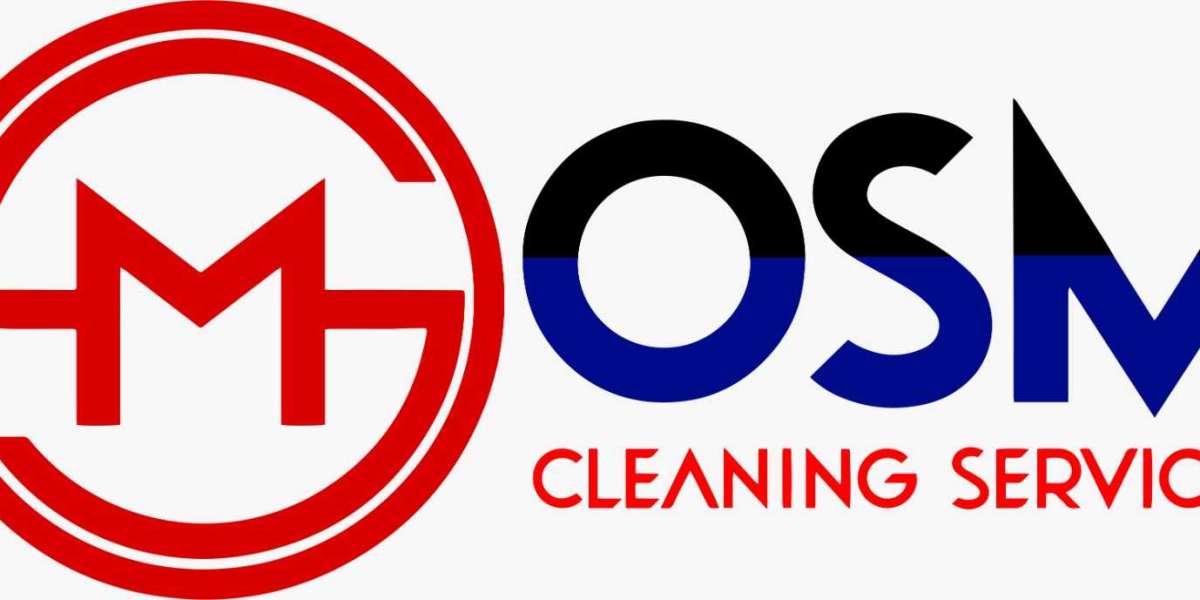The digital printing industry is constantly evolving, driven by advancements in technology, changing consumer preferences, and new applications across various sectors. From personalized marketing campaigns to on-demand publishing, digital printing services are becoming more versatile, efficient, and sustainable than ever. As businesses adapt to these changes, it’s clear that the future of digital printing holds incredible potential.
In this blog post, we’ll explore the key trends shaping the future of digital printing services, how these advancements are transforming industries, and what businesses can do to harness the full power of this evolving technology.
1. Personalization: The Power of Customization in Digital Printing
Personalization has become a buzzword in marketing and advertising, but its role in digital printing services is equally significant. The ability to print custom materials tailored to individual needs is revolutionizing the way businesses communicate with their audiences.
A Shift Toward Tailored Experiences:
Consumers today expect personalized experiences in nearly every aspect of their lives. Digital printing services make it easier for businesses to create unique, customized materials—whether it’s personalized direct mail, custom labels, or one-of-a-kind packaging. This trend is only expected to grow as more businesses recognize the power of personalized content in driving engagement and customer loyalty.
Variable Data Printing:
One of the key drivers of personalization in digital printing is variable data printing (VDP). This technology allows businesses to change elements of a printed piece—such as text, images, or graphics—on the fly without slowing down the printing process. As VDP becomes more advanced, printing services will be able to offer increasingly personalized products at scale, making it a valuable tool for marketers.
2. On-Demand Printing: Meeting the Needs of a Fast-Paced World
Speed and efficiency are at the heart of the digital printing revolution. Businesses today need to be agile, and printing services are evolving to meet this demand through on-demand printing capabilities.
Reducing Lead Times:
Traditional offset printing often requires long setup times and large minimum orders to be cost-effective. In contrast, digital printing services allow businesses to print exactly what they need when they need it. This on-demand approach reduces waste and eliminates the need for excess inventory, leading to cost savings and faster turnaround times.
Flexible Print Runs:
With digital printing, businesses can print smaller quantities without incurring high costs. This flexibility is particularly valuable for startups, small businesses, and niche markets where demand may fluctuate or be difficult to predict. The ability to print materials quickly and on-demand ensures businesses can stay responsive to market trends and customer needs.
3. Sustainability in Digital Printing: A Greener Future
As environmental concerns become increasingly important, businesses are seeking out sustainable solutions in all areas, including printing services. The future of digital printing is poised to embrace more eco-friendly practices, offering businesses the chance to reduce their environmental impact.
Eco-Friendly Materials and Inks:
One of the most significant changes in digital printing services is the rise of environmentally friendly materials and processes. From recycled paper to biodegradable inks, printing companies are offering more sustainable options to their clients. These materials not only help businesses reduce their carbon footprint but also appeal to environmentally conscious consumers.
Efficient Use of Resources:
Digital printing naturally generates less waste compared to traditional printing methods. With no need for printing plates and the ability to print on demand, businesses can reduce paper waste and avoid overproduction. As the technology improves, we’ll likely see even more innovative ways to minimize resource consumption in the printing process.
4. Advanced Technology: Automation and AI in Printing Services
The future of digital printing services is closely tied to advancements in automation and artificial intelligence (AI). These technologies are helping businesses streamline their printing processes, reduce errors, and improve overall efficiency.
Automation in Print Production:
Automation is revolutionizing the way printing services operate, allowing businesses to reduce manual labor and increase production speed. Automated workflows—from order placement to printing and finishing—are becoming more common, making it easier for companies to handle large volumes of printing projects with minimal human intervention. As automation technology continues to advance, we can expect even greater efficiency and cost savings in the digital printing industry.
AI-Powered Design and Personalization:
AI is also playing a growing role in the design and personalization of printed materials. AI-powered tools can analyze customer data and preferences to generate highly personalized designs in real time. This level of customization is particularly valuable in marketing, where businesses can use AI to create targeted campaigns that resonate with specific audiences. As AI becomes more integrated into printing services, the possibilities for personalization and efficiency will expand even further.
5. Hybrid Printing: Combining the Best of Both Worlds
Hybrid printing, which combines the advantages of digital and traditional printing methods, is emerging as a powerful trend in the printing industry. By blending the speed and flexibility of digital printing with the precision and quality of offset printing, businesses can enjoy the best of both worlds.
When to Use Hybrid Printing:
Hybrid printing services are ideal for projects that require both high-quality results and short turnaround times. For example, a business may choose digital printing for the initial run of marketing materials but use offset printing for larger, more detailed projects. This flexibility allows companies to balance cost, speed, and quality according to their specific needs.
The Future of Hybrid Printing:
As digital printing technology continues to improve, we’ll likely see more businesses adopting hybrid printing services for a wider range of applications. From packaging and labels to large-format banners, hybrid printing offers a versatile solution that meets the evolving demands of modern businesses.
6. The Role of Digital Printing in E-Commerce and Retail
The rise of e-commerce and online retail has created new opportunities for digital printing services. As more businesses move their operations online, the demand for customized packaging, promotional materials, and product labels is increasing.
Custom Packaging for E-Commerce:
Digital printing services are perfectly suited for creating unique, branded packaging that enhances the customer experience. From custom boxes to personalized inserts, businesses can use digital printing to create packaging that reflects their brand’s identity and stands out in a crowded marketplace. With the ability to print on demand, companies can quickly adapt their packaging designs to reflect seasonal promotions or new product launches.
Supporting Small Businesses and Entrepreneurs:
For small businesses and entrepreneurs, digital printing offers an affordable way to create professional marketing materials, packaging, and labels. With no need for large print runs, digital printing services provide the flexibility needed to scale production as a business grows. This accessibility is particularly valuable for e-commerce startups that need high-quality printed materials without the overhead of traditional printing methods.
Conclusion: Embracing the Future of Digital Printing Services
The future of digital printing services is bright, offering businesses new opportunities to enhance their marketing efforts, improve efficiency, and reduce costs. With advancements in personalization, sustainability, automation, and hybrid printing, the industry is well-positioned to meet the needs of today’s fast-paced business world.
As digital printing technology continues to evolve, businesses that embrace these changes will be better equipped to stay competitive, deliver exceptional customer experiences, and achieve their branding goals.



